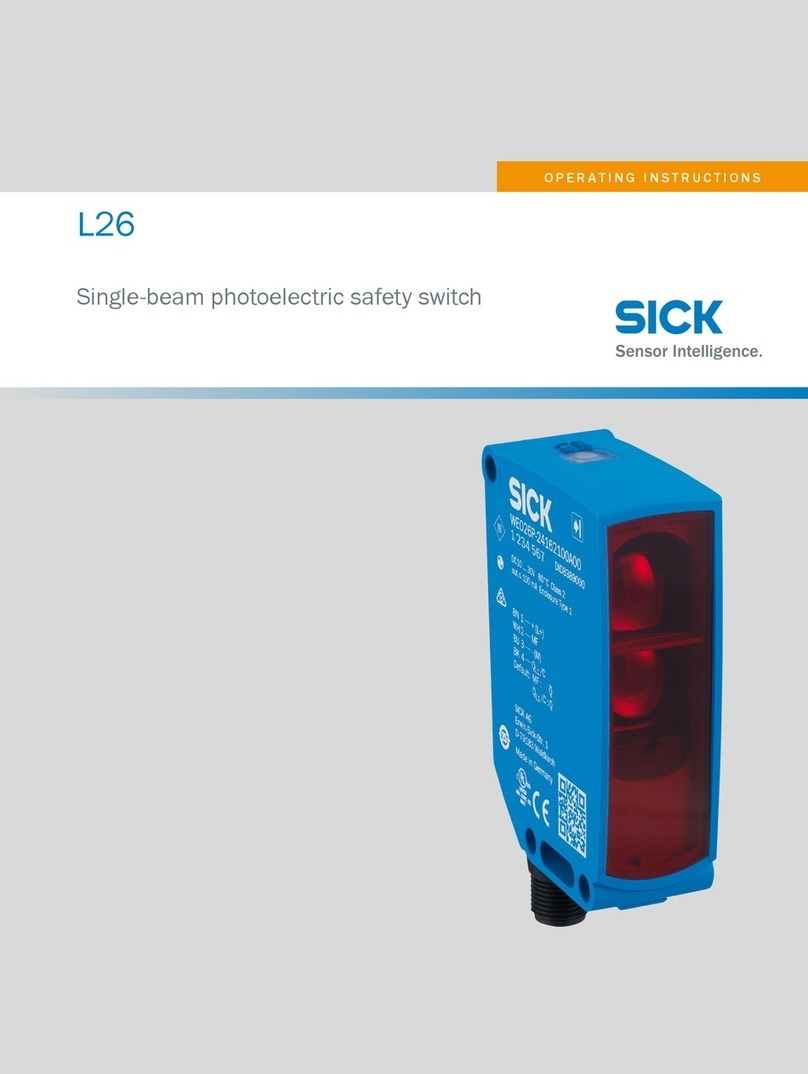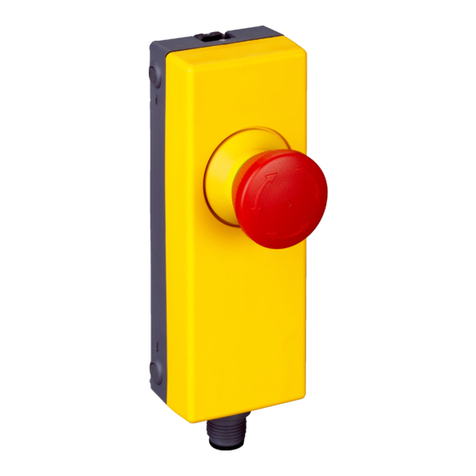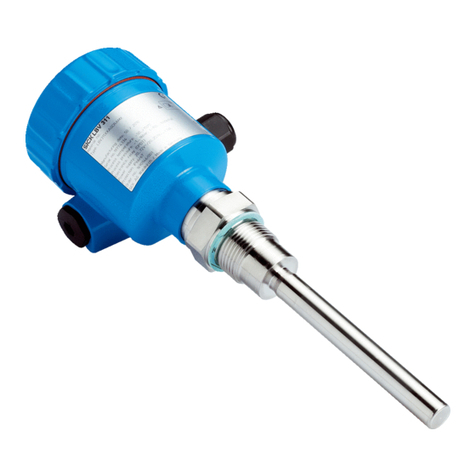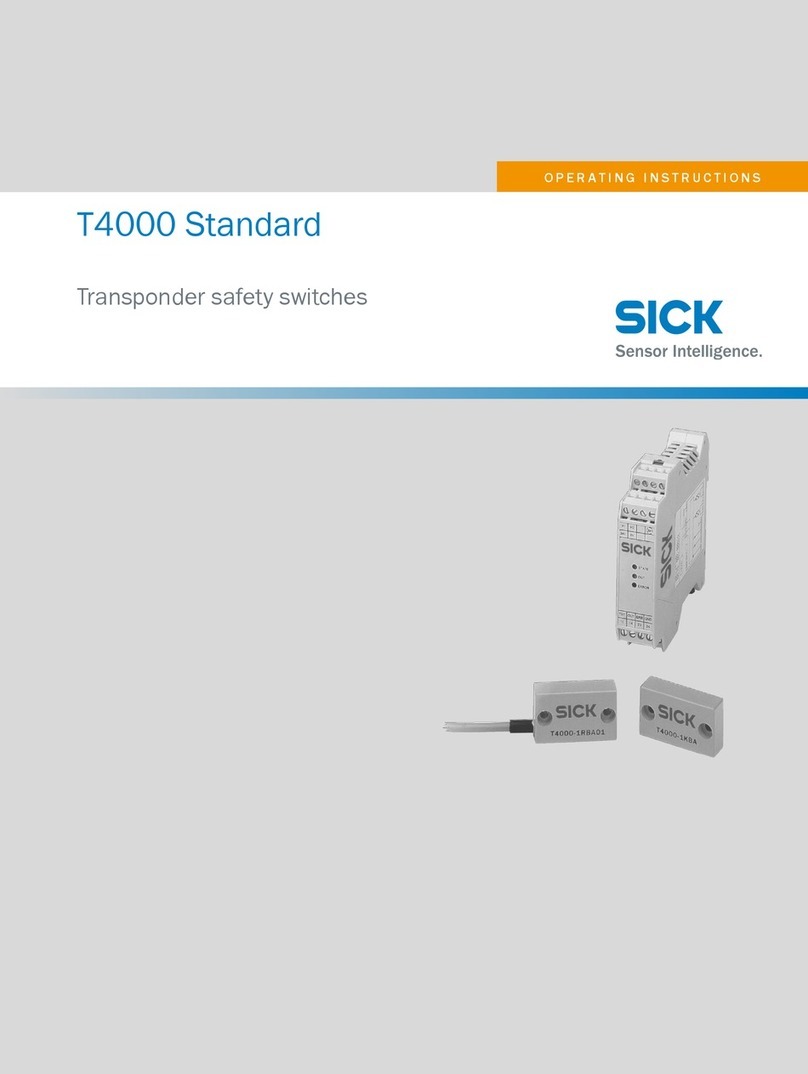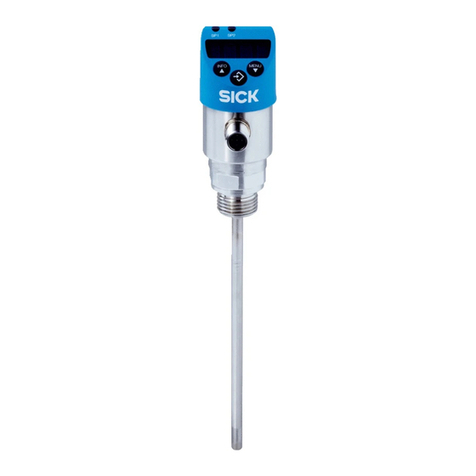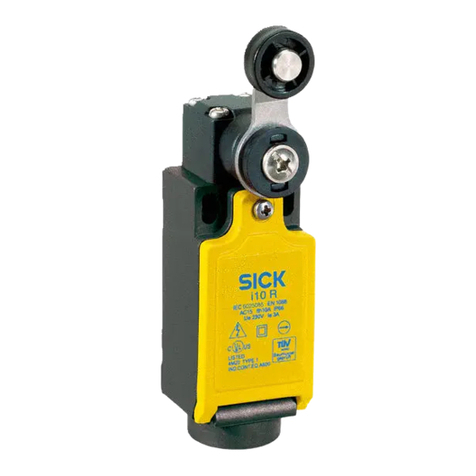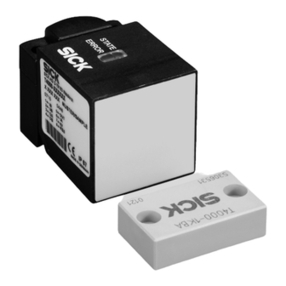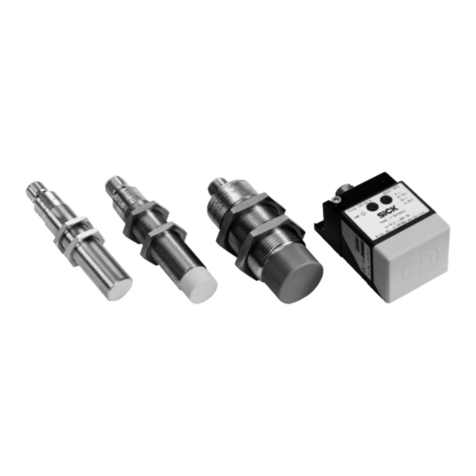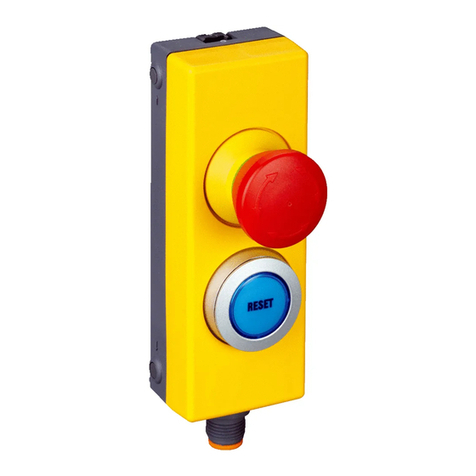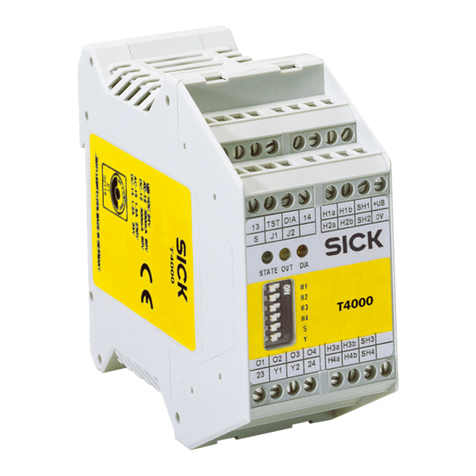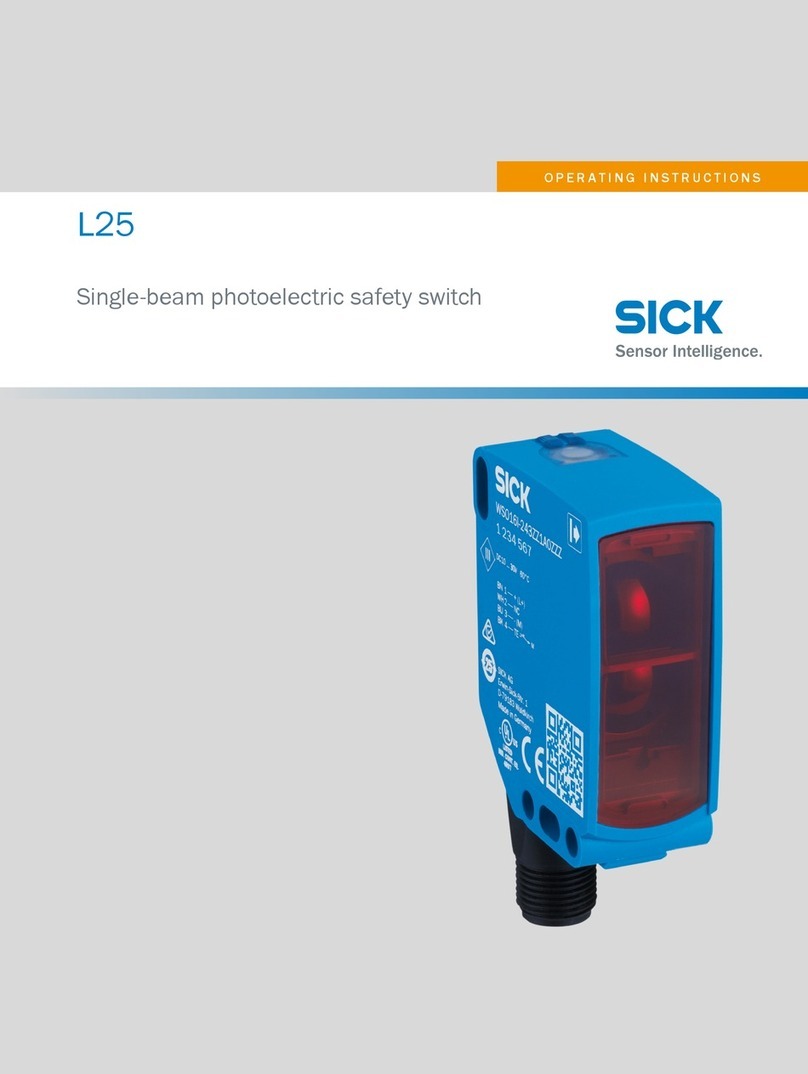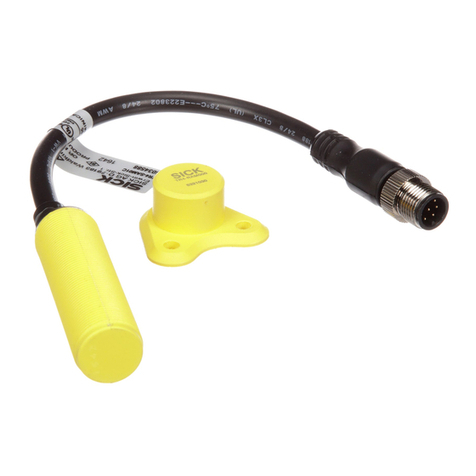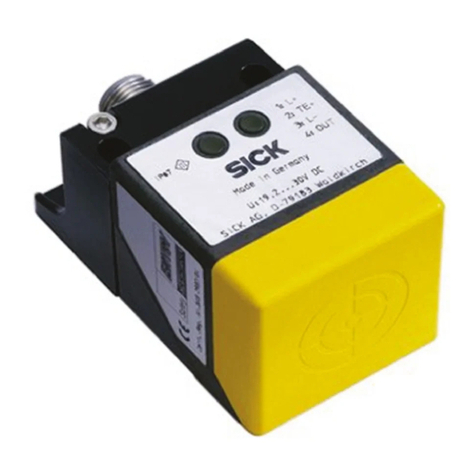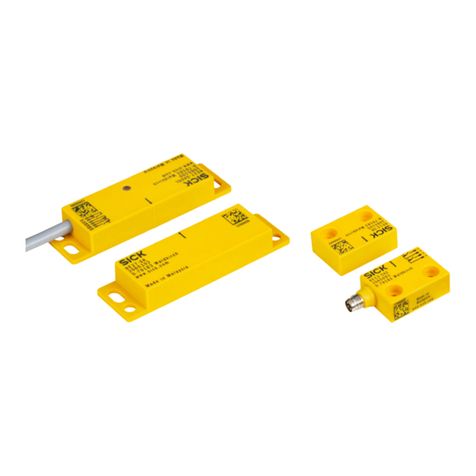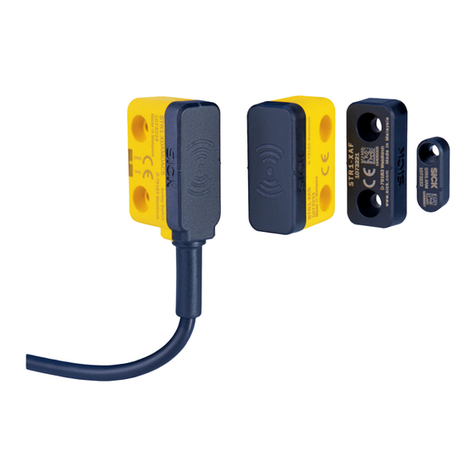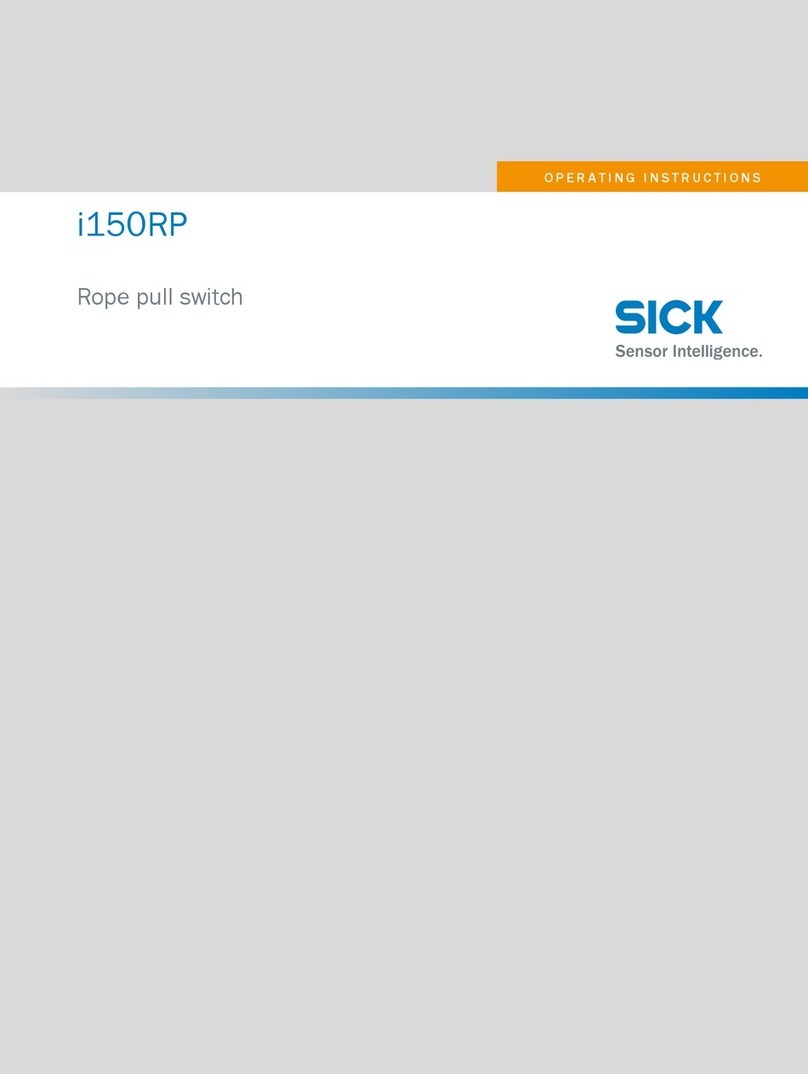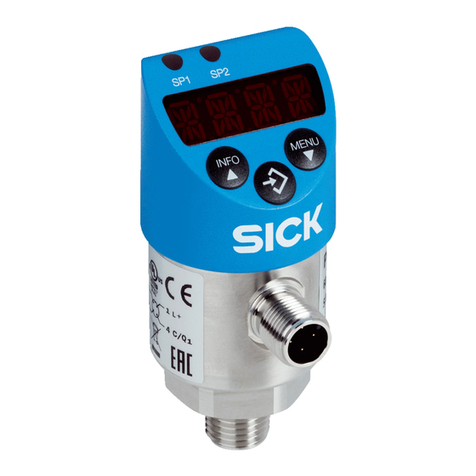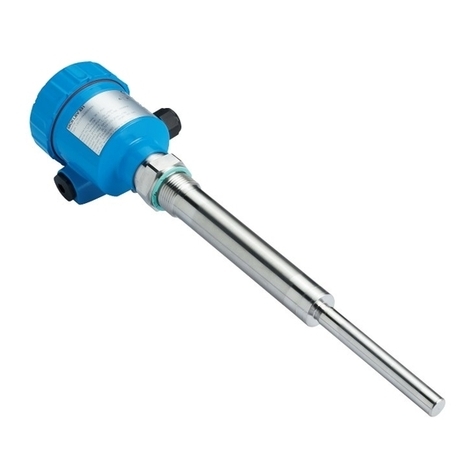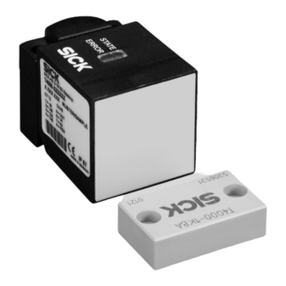
2
Contents
LFV 310 • Contactless electronic switch
8014376 / 1LKL
Contents
1 About this document ............................................................................................................... 4
1.1 Function ........................................................................................................................... 4
1.2 Target group ..................................................................................................................... 4
1.3 Symbols used................................................................................................................... 4
2 For your safety ......................................................................................................................... 5
2.1 Authorised personnel ....................................................................................................... 5
2.2 Appropriate use................................................................................................................ 5
2.3 Warning about incorrect use............................................................................................. 5
2.4 General safety instructions............................................................................................... 5
2.5 Conformity........................................................................................................................ 5
2.6 Installation and operation in the USA and Canada ........................................................... 6
2.7 Safety instructions for Ex areas ........................................................................................ 6
3 Product description ................................................................................................................. 7
3.1 Conguration.................................................................................................................... 7
3.2 Principle of operation........................................................................................................ 8
3.3 Adjustment ....................................................................................................................... 8
3.4 Packaging, transport and storage..................................................................................... 9
3.5 Accessories...................................................................................................................... 9
4 Mounting................................................................................................................................. 11
4.1 General instructions ....................................................................................................... 11
4.2 Mounting instructions ..................................................................................................... 14
5 Connecting to power supply................................................................................................. 16
5.1 Preparing the connection ............................................................................................... 16
5.2 Connection procedure.................................................................................................... 17
5.3 Wiring plan, single chamber housing.............................................................................. 17
6 Setup ....................................................................................................................................... 20
6.1 General information........................................................................................................ 20
6.2 Adjustment elements...................................................................................................... 20
6.3 Function table................................................................................................................. 21
7 Maintenanceandfaultrectication...................................................................................... 23
7.1 Maintenance .................................................................................................................. 23
7.2 Rectify faults................................................................................................................... 23
7.3 Exchanging the electronics ............................................................................................ 24
7.4 How to proceed if a repair is necessary.......................................................................... 25
8 Dismount................................................................................................................................. 26
8.1 Dismounting steps.......................................................................................................... 26
8.2 Disposal ......................................................................................................................... 26
9 Supplement ............................................................................................................................ 27
9.1 Technical data ................................................................................................................ 27
9.2 Dimensions .................................................................................................................... 33
9.3 Trademark ...................................................................................................................... 36












